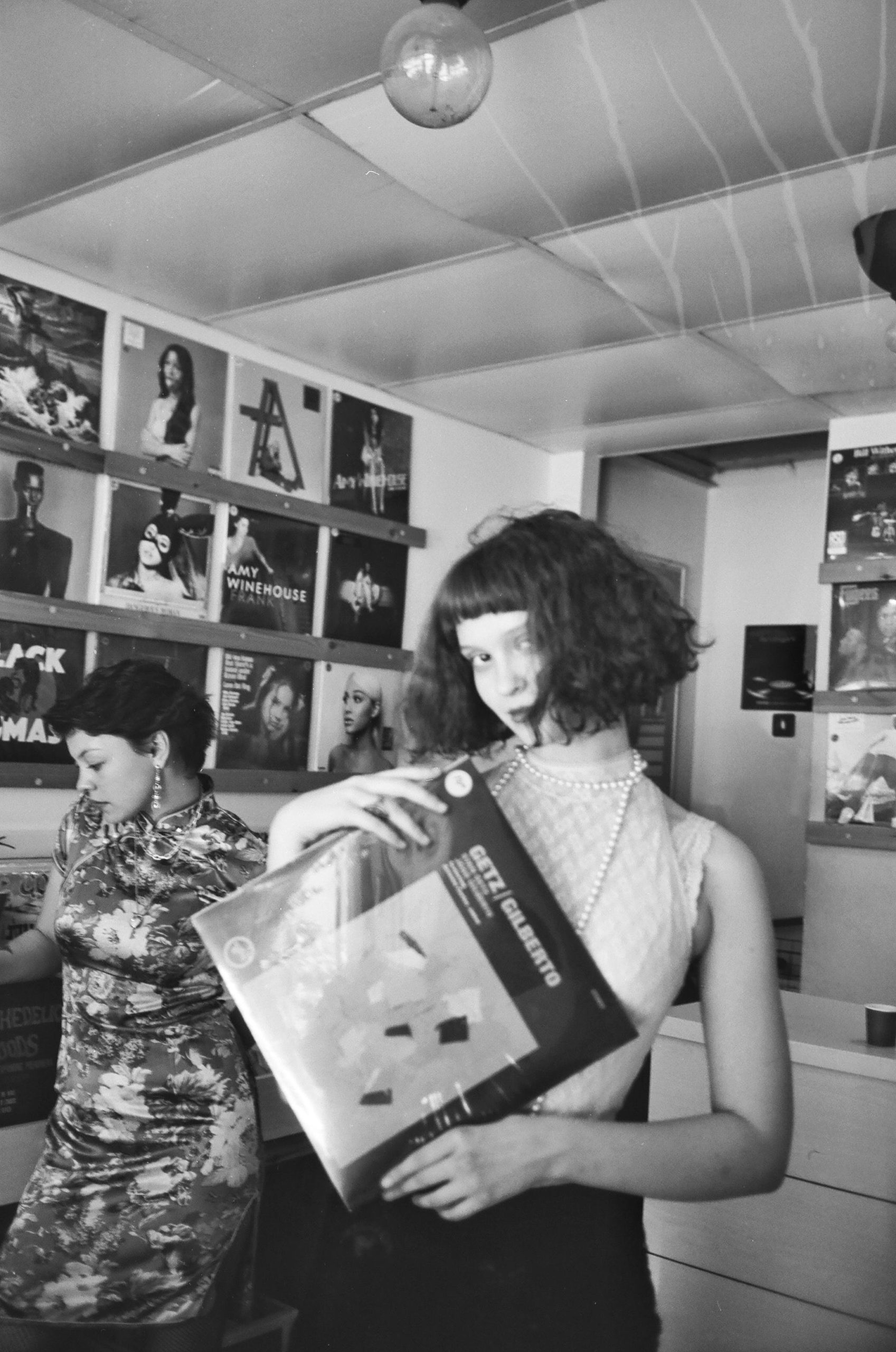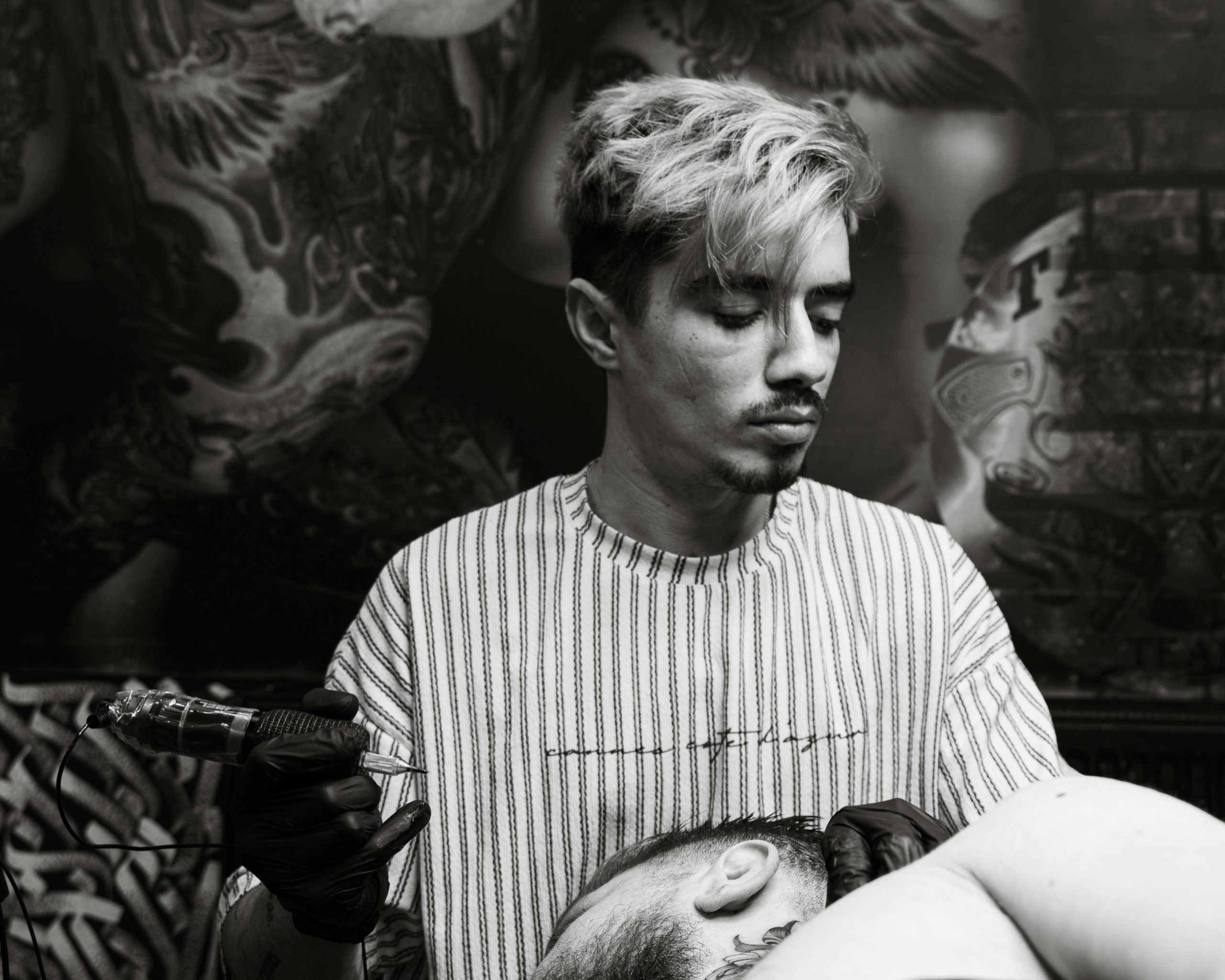In the world of podcasting, one crucial element can make or break the quality of your content: the microphone. While there are countless options available, it’s often helpful to consider what mics professionals use. With their expertise and experience, professionals know the importance of crystal-clear audio and capturing the perfect tone. So, if you’re looking to take your podcast to the next level, it’s essential to explore the mics favored by the pros and discover the secrets behind their stellar sound quality.

Types of Professional Microphones
There are several types of microphones commonly used in professional settings. Each type has its own unique characteristics and is suited for specific applications. The main types of professional microphones are dynamic microphones, condenser microphones, ribbon microphones, and lavalier microphones.
Dynamic Microphones
Dynamic microphones are commonly used in live sound reinforcement and recording applications. They are rugged and durable, making them ideal for stage use. Dynamic microphones work by using a moving coil diaphragm to capture sound. They can handle high sound pressure levels and are less sensitive to background noise. Some popular dynamic microphones used by professionals include the Shure SM58, Sennheiser MD421, and Electro-Voice RE20.
Condenser Microphones
Condenser microphones are widely used in studios and for broadcasting purposes. They are known for their high sensitivity and accuracy in capturing sound. Unlike dynamic microphones, condenser microphones require power to operate, typically in the form of phantom power. This power is provided by an audio interface or mixing console. Some popular condenser microphones used by professionals include the Rode NT1A, Neumann U87, and Audio-Technica AT2020.
Ribbon Microphones
Ribbon microphones are known for their warm and smooth sound reproduction. They use a thin metal ribbon suspended between two magnets to capture sound. Ribbon microphones are sensitive and delicate, requiring careful handling. They are often used in studio environments for recording vocals, acoustic instruments, and drum overheads. Some popular ribbon microphones used by professionals include the Royer R-121, AEA R84, and Coles 4038.
Lavalier Microphones
Lavalier microphones, also known as lapel microphones, are small and discreet microphones that are worn or clipped onto clothing. They are commonly used in film and television productions, interviews, and public speaking engagements. Lavalier microphones provide hands-free operation and can be easily hidden from view. Some popular lavalier microphones used by professionals include the Sennheiser ME2, Sony ECM-77B, and Rode PinMic.
Dynamic Microphones in Professional Use
Shure SM58
The Shure SM58 is one of the most popular dynamic microphones used by professionals worldwide. It is known for its durability, reliability, and excellent sound quality. The SM58 is specifically designed for vocal applications and is often used by singers, presenters, and public speakers. Its cardioid polar pattern helps to isolate the desired sound source and reduce background noise.
Sennheiser MD421
The Sennheiser MD421 is another versatile and widely used dynamic microphone. It is known for its robust construction and ability to handle high sound pressure levels. The MD421 is commonly used for recording drums, electric guitars, and brass instruments. Its adjustable bass roll-off switch allows for flexibility in different recording and live sound situations.
Electro-Voice RE20
The Electro-Voice RE20 is a dynamic microphone often used in broadcasting and podcasting. It is favored for its smooth and natural sound reproduction. The RE20 features a Variable-D design, which minimizes proximity effect and provides consistent sound quality regardless of microphone placement. It is an excellent choice for capturing vocals, instruments, and voiceovers.
Condenser Microphones in Professional Use
Rode NT1A
The Rode NT1A is a popular condenser microphone that offers high-quality sound reproduction at an affordable price. It is well-suited for recording vocals, acoustic instruments, and podcasts. The NT1A features a low self-noise level, wide dynamic range, and extended frequency response. It comes with a shock mount and pop filter, making it a comprehensive package for professional recording.
Neumann U87
The Neumann U87 is widely regarded as one of the industry-standard condenser microphones. It is often found in professional recording studios and is highly valued for its exceptional sound quality and versatility. The U87 features switchable polar patterns (cardioid, omnidirectional, and figure-8), allowing for flexible recording options. It is commonly used for vocals, instruments, and ambient recording.
Audio-Technica AT2020
The Audio-Technica AT2020 is a budget-friendly condenser microphone that delivers excellent sound quality. It is suitable for home studios, podcasting, and voiceovers. The AT2020 features a cardioid polar pattern, which helps to minimize background noise and focus on the desired sound source. With its wide frequency response and high SPL handling capability, the AT2020 is a reliable choice for various recording applications.
Ribbon Microphones in Professional Use
Royer R-121
The Royer R-121 is a highly regarded ribbon microphone known for its smooth and natural sound reproduction. It is often used in professional recording studios for capturing vocals, guitars, and brass instruments. The R-121 features a figure-8 polar pattern and high SPL handling capability. Its offset ribbon design helps to minimize proximity effect and ensure consistent sound quality.
AEA R84
The AEA R84 is a versatile ribbon microphone that offers a vintage sound aesthetic. It is often used in studio environments for recording vocals, string instruments, and drum overheads. The R84 features a bidirectional (figure-8) polar pattern, which allows for precise sound capture from the front and rear. Its extended low-frequency response and smooth midrange make it a popular choice among professionals.
Coles 4038
The Coles 4038 is a classic ribbon microphone known for its warm and smooth sound character. It is commonly used in recording studios for capturing vocals, drum overheads, and brass instruments. The 4038 features a bidirectional (figure-8) polar pattern and high SPL handling capability. Its vintage design and sonic qualities have made it a favorite among engineers and producers.

Lavalier Microphones in Professional Use
Sennheiser ME2
The Sennheiser ME2 is a compact and lightweight lavalier microphone commonly used in film, television, and live performances. It offers clear and intelligible speech reproduction and is easily concealed on clothing. The ME2 features an omnidirectional polar pattern, which captures sound from all directions and provides flexibility in placement.
Sony ECM-77B
The Sony ECM-77B is a professional lavalier microphone that excels in broadcast and theater applications. It is known for its high sensitivity, low handling noise, and durable construction. The ECM-77B features a cardioid polar pattern, which helps to minimize unwanted background noise and focus on the desired sound source.
Rode PinMic
The Rode PinMic is a unique lavalier microphone that provides versatility in mounting options. It features a compact design with a pin-shaped capsule housing that can be easily attached to various surfaces. The PinMic offers excellent sound quality and is commonly used in film, broadcast, and theatrical productions.
Choosing the Right Microphone
When selecting a microphone for professional use, it is essential to consider several factors to ensure the best possible sound quality and suitability for the intended application.
Consider the Use Context
Different microphones excel in different environments and applications. Consider whether the microphone will be used in a studio setting, for live sound reinforcement, interviews, or podcasting. Each context may require specific characteristics such as durability, sensitivity, and noise rejection.
Consider the Sound Quality
Sound quality is crucial for professional applications. Pay attention to the microphone’s frequency response, sensitivity, and polar pattern. The desired sound aesthetic, whether it be warm and vintage or clean and modern, should also be considered. Researching user reviews and listening to microphone samples can help in understanding the sound characteristics of different microphones.
Consider the Budget
Professional microphones come in a wide range of prices. Set a budget and consider the microphone options available within that range. It is essential to find a balance between quality and affordability. Keep in mind that investing in a high-quality microphone can lead to better long-term results.

Microphone Brands Professionals Use
Several microphone brands are trusted and widely used by professionals in the audio industry. These brands consistently produce high-quality microphones that meet the demands of professionals in various applications.
Shure
Shure is a legendary microphone manufacturer known for its industry-standard products. Their microphones are used by professionals in live sound reinforcement, broadcasting, and recording studios. Shure microphones are revered for their durability, reliability, and excellent sound quality.
Sennheiser
Sennheiser is a renowned brand in the audio industry, specializing in professional microphones and headphones. Their microphones are used by professionals in film, television, and live performances. Sennheiser microphones are known for their exceptional sound quality, robust construction, and innovative technologies.
Neumann
Neumann is synonymous with high-end microphone manufacturing. Their microphones are a staple in professional recording studios worldwide. Neumann microphones are valued for their unparalleled sound quality, craftsmanship, and attention to detail. Professionals often consider Neumann microphones as the gold standard for capturing audio.
Rode
Rode is an Australian brand that has gained recognition for producing high-quality microphones at affordable prices. Their microphones are used by professionals in various applications, including broadcasting, podcasting, and field recording. Rode microphones offer excellent sound quality and durability, making them a popular choice among professionals and hobbyists alike.
Audio-Technica
Audio-Technica is a well-established brand that offers a wide range of microphones for professional use. They have a strong presence in both live sound and studio recording applications. Audio-Technica microphones are known for their reliability, affordability, and excellent sonic performance.
Microphones for Podcasting
Podcasting has gained significant popularity in recent years, and having a high-quality microphone is crucial for producing professional-sounding podcasts. Here are three microphones commonly used by podcasters.
Heil PR-40
The Heil PR-40 is a dynamic microphone designed specifically for broadcasting and voiceover applications. It is highly regarded for its warm and rich sound quality. The PR-40 features a wide frequency response and excellent off-axis rejection, making it a top choice for podcasting.
Audio-Technica ATR2100x-USB
The Audio-Technica ATR2100x-USB is a versatile microphone that offers both USB and XLR connectivity. It is suitable for beginners and experienced podcasters alike. The ATR2100x-USB features a dynamic element and offers excellent sound quality at an affordable price.
Shure SM7B
The Shure SM7B is a legendary dynamic microphone often used in professional broadcasting and podcasting. It is known for its warm and smooth sound reproduction. The SM7B features a wide frequency response, adjustable bass roll-off, and advanced electromagnetic shielding, making it an excellent choice for professional podcasts.

Microphones for Podcast Interviews
When conducting podcast interviews, it is essential to have microphones that can capture clear and intelligible audio from multiple sources. Here are three microphones commonly used for podcast interviews.
Blue Yeti USB Mic
The Blue Yeti USB Mic is a versatile microphone that offers multiple recording modes (cardioid, bidirectional, omnidirectional, and stereo). It is easy to use and provides excellent sound quality for interviews. The Yeti is a popular choice among podcasters for its affordability and convenience.
Heil PR-40
The Heil PR-40, mentioned earlier as a popular microphone for podcasting, is also favored for podcast interviews. Its warm sound and versatility make it suitable for capturing the voices of both the interviewer and interviewee. The PR-40’s clarity and off-axis rejection ensure that the focus remains on the intended sources.
Rode Procaster
The Rode Procaster is a dynamic microphone specifically designed for broadcast and voiceover applications. It offers a tight polar pattern and excellent background noise rejection, making it ideal for podcast interviews. The Procaster delivers clear and articulate audio, ensuring that both parties in the interview are heard with clarity.
Conclusion: Choosing the Best Microphone for Your Needs
Finding the right microphone for your professional needs can greatly enhance your sound quality and overall audio production. To make an informed decision, it is essential to understand your specific requirements, research different microphone options, and test them out whenever possible.
Understanding Your Requirements
Consider the context in which you will be using the microphone and the specific applications you need it for. Assess factors such as durability, sensitivity, and noise rejection to ensure a microphone that suits your needs.
Researching Microphones
Explore different microphone types and brands to gain knowledge about their features, sound characteristics, and user reviews. Pay attention to factors such as frequency response, polar patterns, and build quality. This research will help you narrow down your options and make an informed decision.
Testing Microphones
Whenever possible, try out different microphones before making a final decision. This can be through rental services, audio equipment stores, or borrowing from fellow professionals. Testing the microphones in your intended application will give you the most accurate representation of how they perform and help you choose the best microphone for your needs.
With careful consideration and research, you can select the perfect microphone that will elevate your professional audio production to new heights. Remember that the right microphone is ultimately the one that best captures your sound and meets your specific requirements.
